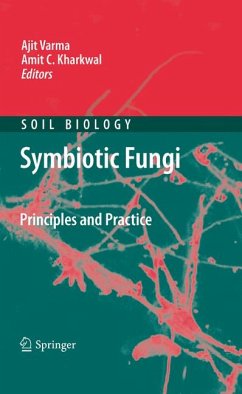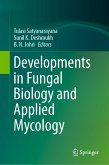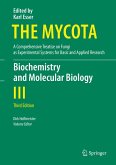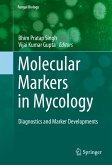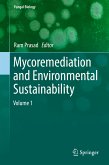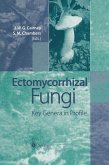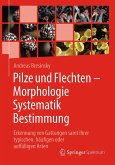The protocols offer practical solutions for researchers and students involved in the study of symbiotic microorganisms. The volume will be of great use for basic research, biotechnological applications, and the development of commercial products.
Dieser Download kann aus rechtlichen Gründen nur mit Rechnungsadresse in A, B, BG, CY, CZ, D, DK, EW, E, FIN, F, GR, HR, H, IRL, I, LT, L, LR, M, NL, PL, P, R, S, SLO, SK ausgeliefert werden.
"Symbiotic fungi was published in 2009 and is a compilation of 26 edited chapters on this theme by more than 70 international authors. ... If you are interested in the methods for study mycorrhizal fungi this is certainly the book you must have. ... should be available in all good school, community and university libraries and any research laboratories dealing with agriculture or mycorrhizal research. A essential book addressing mycorrhizal methods." (K. D. Hyde, Fungal Diversity, Vol. 45, 2010)

